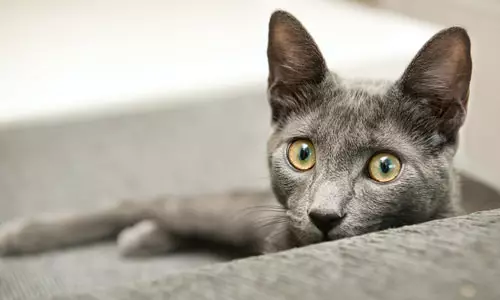When considering bringing a cat into your home, especially with children involved, it’s essential to recognize that not all feline breeds are created equal in terms of temperament and adaptability. While cats are generally wonderful companions, their personalities can vary dramatically based on breed, individual disposition, and the environment they are introduced into. As someone who has deeply analyzed breed characteristics, I believe making an informed choice is crucial for ensuring harmony and happiness within the household.
Some breeds, though undeniably charming, may introduce unnecessary stress for families with young kids. For instance, the Himalayan, beloved for its gentle and affectionate nature, prefers tranquility over chaos. These cats can become stressed easily when exposed to loud noises or hyperactive children. It’s both unfair to the breed and disruptive for the family to expect a Himalayan to tolerate constant noise or rough handling. Recognizing their need for calm helps prevent misunderstandings and emotional strain on both sides.
Similarly, the Russian Blue is often praised for its loyalty and intelligence, but its introverted personality makes it a poor match for hyperactive households. These cats tend to be reserved and require a certain level of trust before they warm up to affection. Expecting instant cuddles from a Russian Blue might lead to disappointment or, worse, to the pet feeling neglected or stressed. Families with older children, who understand the importance of respecting a cat’s boundaries, are more likely to foster a positive relationship with this breed.
Why Some Breeds Are Better Suited for Dynamic Families
On the other hand, breeds like the Savannah or Turkish Van offer a different kind of compatibility. Savannah cats are known for their intelligence and active nature but demand respect for their independence. They dislike being restrained or forced into cuddles, which can be misinterpreted by young children unfamiliar with feline boundaries. If a family values active, engaging pets that participate on their terms, the Savannah could be ideal — provided children understand that patience and respect are key.
The Turkish Van, famed for its affectionate yet independent demeanor, highlights an important lesson: love should be mutual and unforced. These cats can be very playful and sociable but dislike prolonged cuddling or holding. Small children who haven’t yet grasped the concept of personal space might inadvertently upset such a cat, thus creating tension. However, older children, or those taught how to properly handle animals, can develop strong bonds without compromising the cat’s comfort.
Environmental Factors and Compatibility
The Singapura exemplifies a breed that thrives in quieter, more controlled environments. Psychologically sensitive and exceedingly social, they prefer peaceful settings that allow them to express affection without stress. Families with noisy or chaotic households, such as those with very young kids, might unintentionally trigger discomfort in a Singapura. Conversely, households with older children who understand boundaries and peaceful interactions will find this breed an outstanding addition, as they flourish with gentle companionship and respect.
In essence, selecting a family cat isn’t just about picking a breed that appears friendly. It requires a sincere understanding of the individual cat’s personality, needs, and stress triggers. Expecting a cat to adapt to a family’s lifestyle without considering its nature can lead to frustration and potential behavioral issues. However, when matched thoughtfully, these feline companions can enrich lives, teaching children about respect, patience, and empathy—lessons that last a lifetime.

